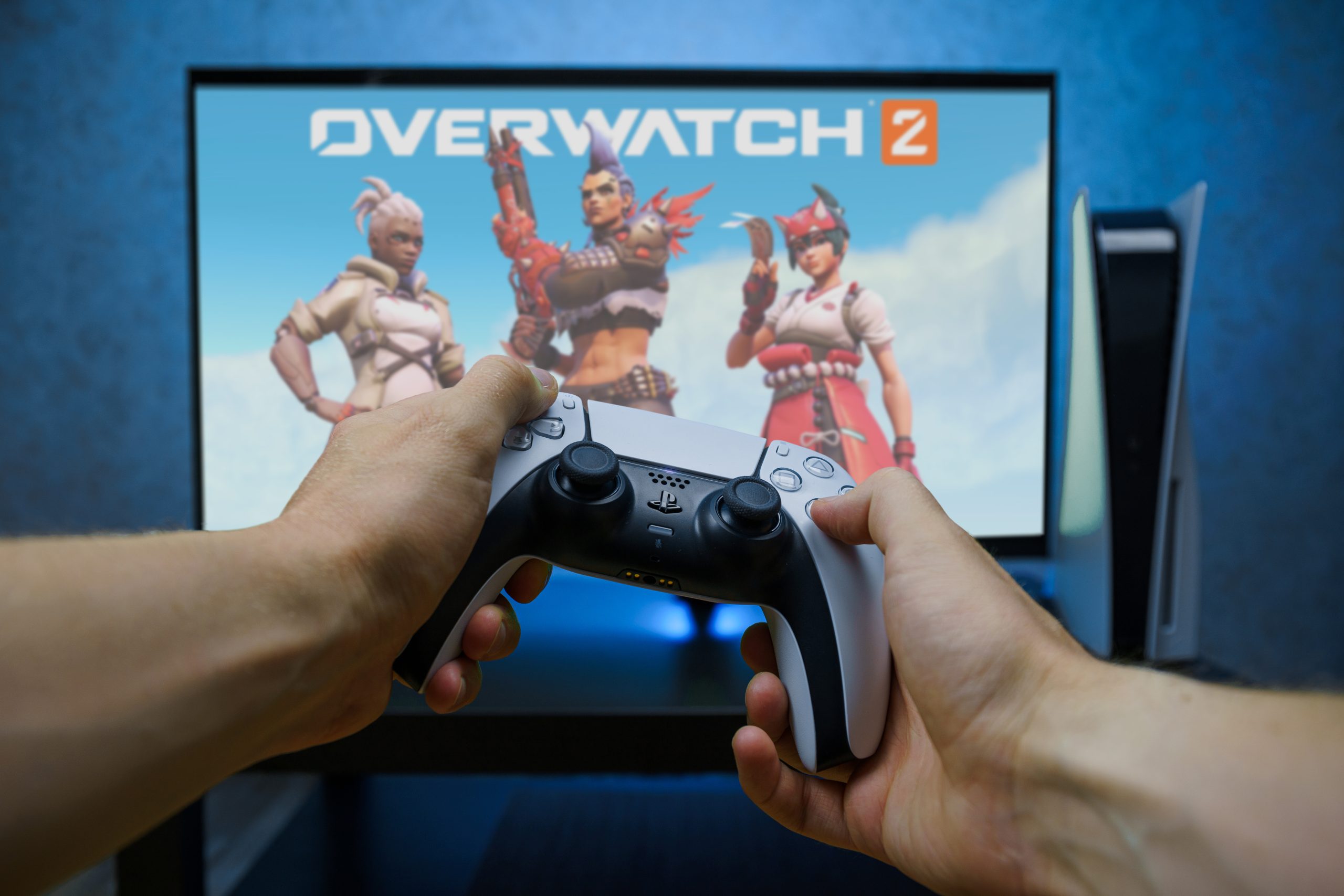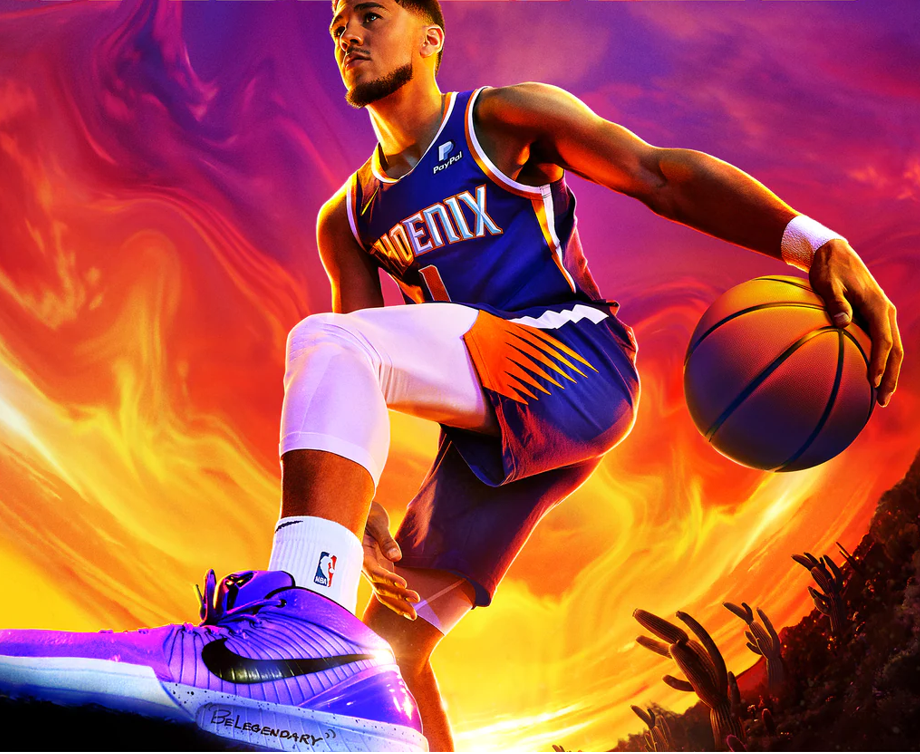Overwatch 2 is an immensely popular first-person shooter game that has captivated gamers worldwide. However, like any game, Overwatch 2 is not immune to performance issues such as stuttering, freezing, and FPS drops. These issues can be frustrating and hinder your gaming experience. But fear not! In this comprehensive guide, we will explore various solutions to fix these performance problems in Overwatch 2. So, let’s dive in and optimize your gaming experience!
Check Overwatch 2’s System Requirements
Before diving into troubleshooting, it’s crucial to ensure that your system meets the minimum and recommended system requirements for Overwatch 2. Comparing your system’s specifications to the game’s requirements will give you an idea of whether your hardware can handle the game smoothly. If your PC only meets the minimum requirements, you may experience lag spikes, stutters, and freezes. However, optimizing your system and following the solutions listed below can enhance the game’s performance even on minimum specifications.
Update the Game
Newly released games often have bugs and performance issues that developers address through updates. If you’re playing an outdated version of Overwatch 2, you may encounter glitches and errors that have already been fixed in the latest update. To update the game, launch the Battle.net Launcher, navigate to the “Games” tab, select the Overwatch 2 icon, and click on the blue “Update” button. If you see a “Play” button instead of an “Update” button, your game is already up to date.
Change Overwatch 2’s Settings
One of the main culprits behind performance issues in Overwatch 2 is improper in-game settings. Tweaking these settings according to your system’s specifications can minimize stuttering, lagging, and freezing. Launch the game, press the Escape button on your keyboard (top-left corner), and select “Options” to access the Settings menu. The video settings, located in the Video tab, have the most impact on performance.
Fixing Video Settings
The following video settings significantly affect the game’s performance:
- Display Mode: Set it to “Fullscreen” for optimal performance.
- Resolution: Adjust it according to your system’s capabilities, balancing visual quality and performance.
- Render Scale: Set it to 100% for maximum resolution, or lower it for improved performance.
- Dynamic Render Scale: Disable this setting to prevent resolution changes during gameplay.
- Vsync: Turn it off to reduce input lag, unless you experience severe screen tearing.
Additionally, you can limit your FPS using the “Frame Rate” setting if you encounter stutters caused by FPS spikes. Set the limit to three times your average FPS and adjust it further if necessary.
Change Graphics Quality Settings
The Graphics Quality settings depend on your system’s hardware and should be tweaked accordingly. Start with all settings on low and gradually increase each setting until your FPS starts to drop significantly. This will help you find the best graphics settings for your system. Remember to restart the game after making changes to apply the settings.
Change Details Settings
Enabling certain details settings can help you monitor the game’s performance. Enable the following settings in the Details category:
- Display Performance Stats: Shows FPS, VRAM usage, and network latency.
- Show Framerate: Displays the current FPS.
- Show VRAM Usage: Indicates the VRAM usage.
- Show Network Latency: Displays the network latency.
These stats can help you identify the impact of performance fixes on FPS and VRAM usage in real-time.
Repair Overwatch 2’s Game Files
Corrupted or missing game files are common causes of performance errors. Downloading a game with an unstable internet connection can result in corrupted files, leading to low FPS, stutters, freezes, and crashes. To repair Overwatch 2’s game files, open the Battle.net Launcher, go to the “Games” tab, click on the Overwatch 2 icon, and select the “Scan and Repair” option. Wait for the scan and repair process to complete, and launch the game to see if the performance issues have been resolved.
Disable Windows Fullscreen Optimizations and Run as Administrator
Windows’ Fullscreen Optimizations feature, designed to improve application performance, can cause significant issues in games like Overwatch 2. It’s recommended to disable this feature for the game. Locate the Overwatch Launcher file, right-click on it, navigate to the Compatibility tab, and check the box next to “Disable fullscreen optimizations.” Additionally, check the box next to “Run this program as an administrator” to grant the game necessary privileges. Relaunch Overwatch 2 for improved performance.
Close Unnecessary Background Programs
Running unnecessary background programs can consume system resources and hinder Overwatch 2’s performance. Close non-essential programs by opening the Task Manager (press Windows Key + X, then select Task Manager), identifying programs using the most CPU/GPU power, RAM, and disk space, and right-clicking on them to select “End Task.” Only close programs that are truly unnecessary, such as web browsers or resource-intensive applications.
Disable Overlays
Overlays from programs like Steam, Xbox Game Bar, Discord, or MSI Afterburner can cause FPS drops, stutters, and crashes in games. Disable these overlays to improve performance. In Steam, go to Settings > In-Game and uncheck the “Enable the Steam Overlay while in-game” option. In NVIDIA GeForce Experience, disable the In-Game Overlay in the settings. In the Xbox Game Bar, turn off the overlay in the Gaming section of the Settings menu. In Discord, navigate to the Game Overlay section of the Activity Settings category and disable the overlay.
Use Your Dedicated GPU (If Applicable)
If you have a dedicated Graphics Card (GPU) installed in your system, ensure that Overwatch 2 is utilizing it instead of the integrated graphics. This can significantly boost performance and eliminate FPS drops, stutters, and crashes. Open the Graphics Settings on your PC, browse for the Overwatch Launcher file, select it, click on “High Performance,” and save the settings. Overwatch 2 will now use your dedicated GPU for improved performance.
Update Your GPU Drivers
Keeping your GPU drivers up to date is crucial for optimal performance in games like Overwatch 2. GPU manufacturers release driver updates that are optimized for new games, improving FPS and reducing performance issues. Determine your GPU’s manufacturer and model by accessing the Device Manager in Windows. Expand the Display Adapters list, right-click on your GPU, select Properties > Details, and search for the manufacturer and model online. Visit the manufacturer’s website (NVIDIA, AMD, or Intel), download the latest drivers, and install them. Restart your PC and launch Overwatch 2 to experience improved performance.
Reinstall Overwatch 2
If you have tried all the previous solutions and are still experiencing performance issues, reinstalling Overwatch 2 can help resolve any lingering problems. Uninstall the game through the Battle.net Launcher, then reinstall it by selecting the Install option. Make sure you have a stable internet and power connection during the reinstallation process. Once reinstalled, launch Overwatch 2 and check if the performance issues have been resolved.
With these solutions in hand, you can now optimize your Overwatch 2 gaming experience by addressing stuttering, freezing, and FPS drops. By ensuring your system meets the game’s requirements, updating the game, adjusting the settings, repairing game files, disabling unnecessary features, and keeping your GPU drivers up to date, you’ll be able to enjoy a smoother and more enjoyable gameplay experience in Overwatch 2. Happy gaming!




